The core idea of this project is to use traditional visual art materials to display dynamic data. The fields of purely digital art and motion-based illustration are flourishing, but I want to look at how to manipulate analog materials and make them responsive. My intent is to create a way to make a static painting into an interactive one.
I have two different ideas for interactivity that I am currently exploring. The first is to make the color of the painting change in response to data. The basic idea is to use thermochromic pigments in the paint and to put a heating pad behind the painting surface. The heating pad will be wired to some kind of microcontroller in order to turn it on and off based on the data which needs to be displayed.
The second idea is to let light shine through the painting. There are probably a million ways to do this, and the choices I'm making are based on the aesthetic effect I want to achieve. I have seen some artists put LEDs behind canvas, or embedded into multi-media pieces, but these don't create the look I'm going for. I want the light-up parts to be integral to the composition of the painting, whether they are lit up or not. The avenue I am exploring here involves cutting thin channels in a wood panel and filling them with diffusion material so that there is a flush surface to the piece. Currently, I am using an RGB LED matrix board behind the panel to create the light, so I can change color and animation patterns easily.
At this stage, I am using these ideas in tandem and making paintings that have both thermochromic elements and light channel elements. I'm working fairly small: the panels are 10" x 5". It's a convenient size for off-the-shelf RGB matrix panels, it's quicker to complete a small painting than a large one, and it saves money on paint during this experimental phase.
The question then is what data to display with these methods. Both seem more suited to general information like environmental readings or the level of some desired indicator. The thermochromic method is a bit slow, so probably best for data that changes slowly. The light channel method could work more instantaneously. I will start with simple things, like displaying the temperature, to get the mechanics of it all working.
Artistically speaking, my ultimate goal is to make an interactive painting. I want the painting to respond to the viewer's actions. My current idea is to embed a small camera and/or microphone in the painting or its frame, and hook that up to some kind of AI system that will watch or listen for different cues and make changes to the painting accordingly. For example, turning on the light channels when a viewer says the word "beautiful". Or starting the color change when a viewer appears, so that the longer they stay looking at the painting, the more it changes.
These inputs make sense in an art gallery setting, but they could be translated to a home setting as well. Perhaps the painting displays how close or faraway one's friends or extended family are at that moment. Perhaps friends and family could send messages to the painting to change its color or make it light up.
All these ideas could be pushed out into other realms of artwork, of course - there is no reason a sculpture couldn't change color or shape in response to data, for example. But I am starting this work with what I know - painting.
My intent as an artist is to communicate with those who view my artwork. Currently, my communications are static, but I am so excited about the idea of making them responsive. The paintings I make now are stand-alone statements; the viewer "reads" them as they are and that's that. The possibility of making my paintings a little more like actual conversations, so that the painting can "speak" back to the viewer, would be so satisfying. I hope my explorations, whether ultimately successful as art or not, give others some ideas on how make their own work conversational as well.
 Laura
Laura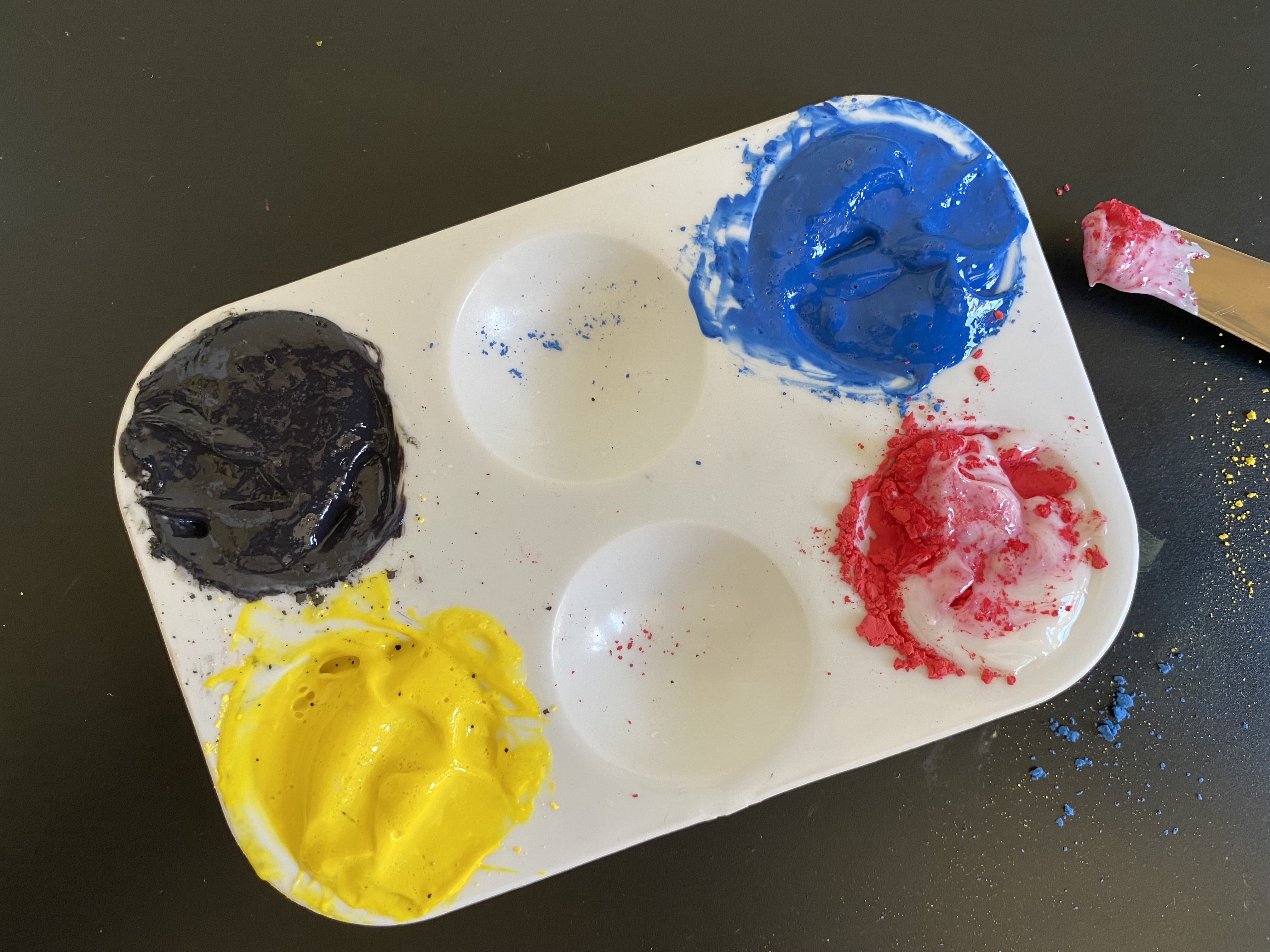
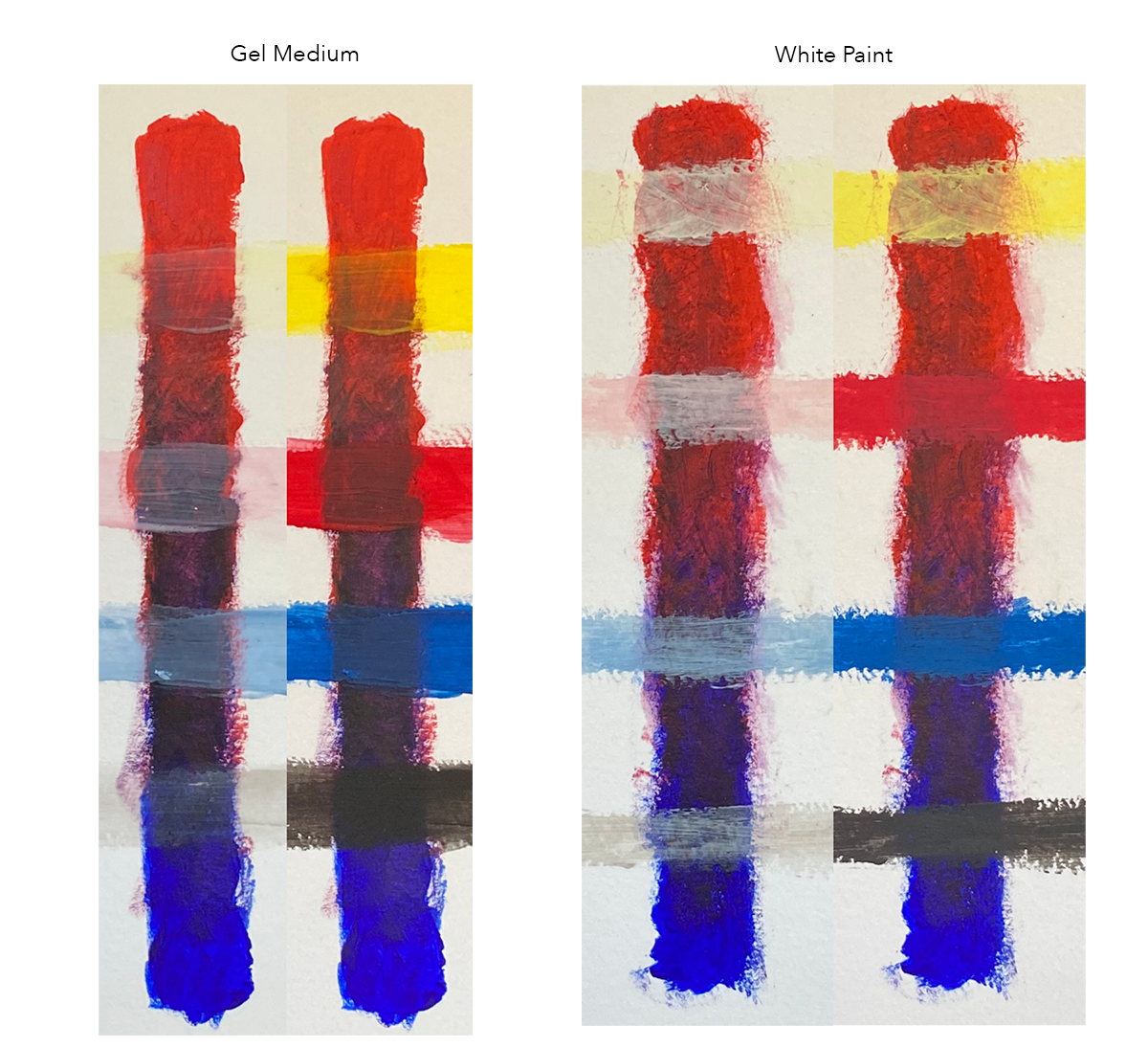
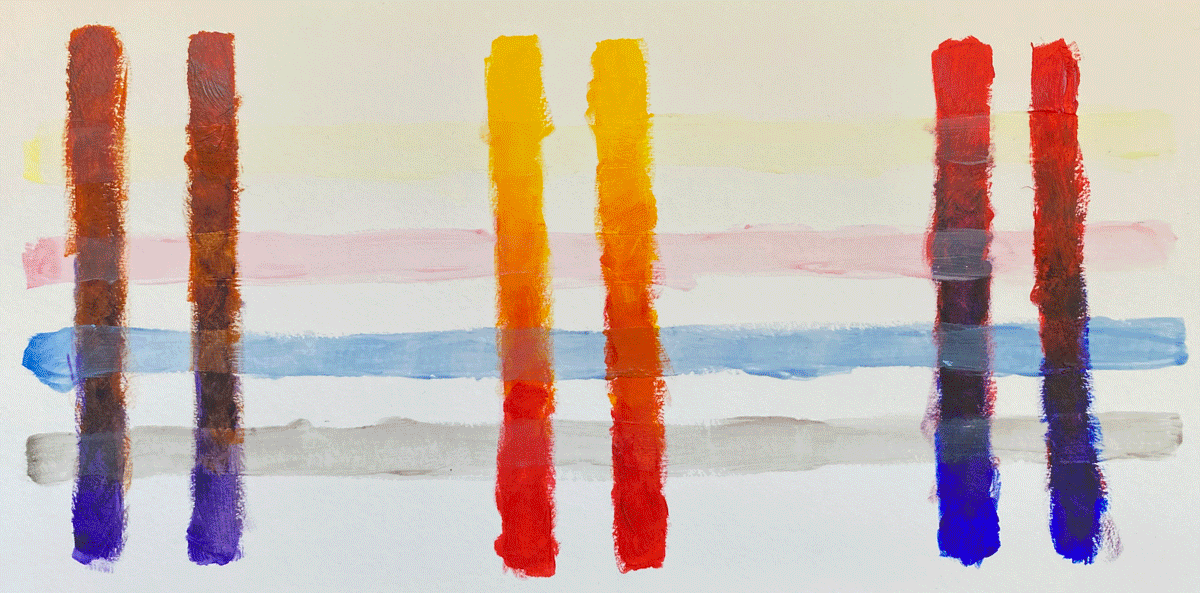
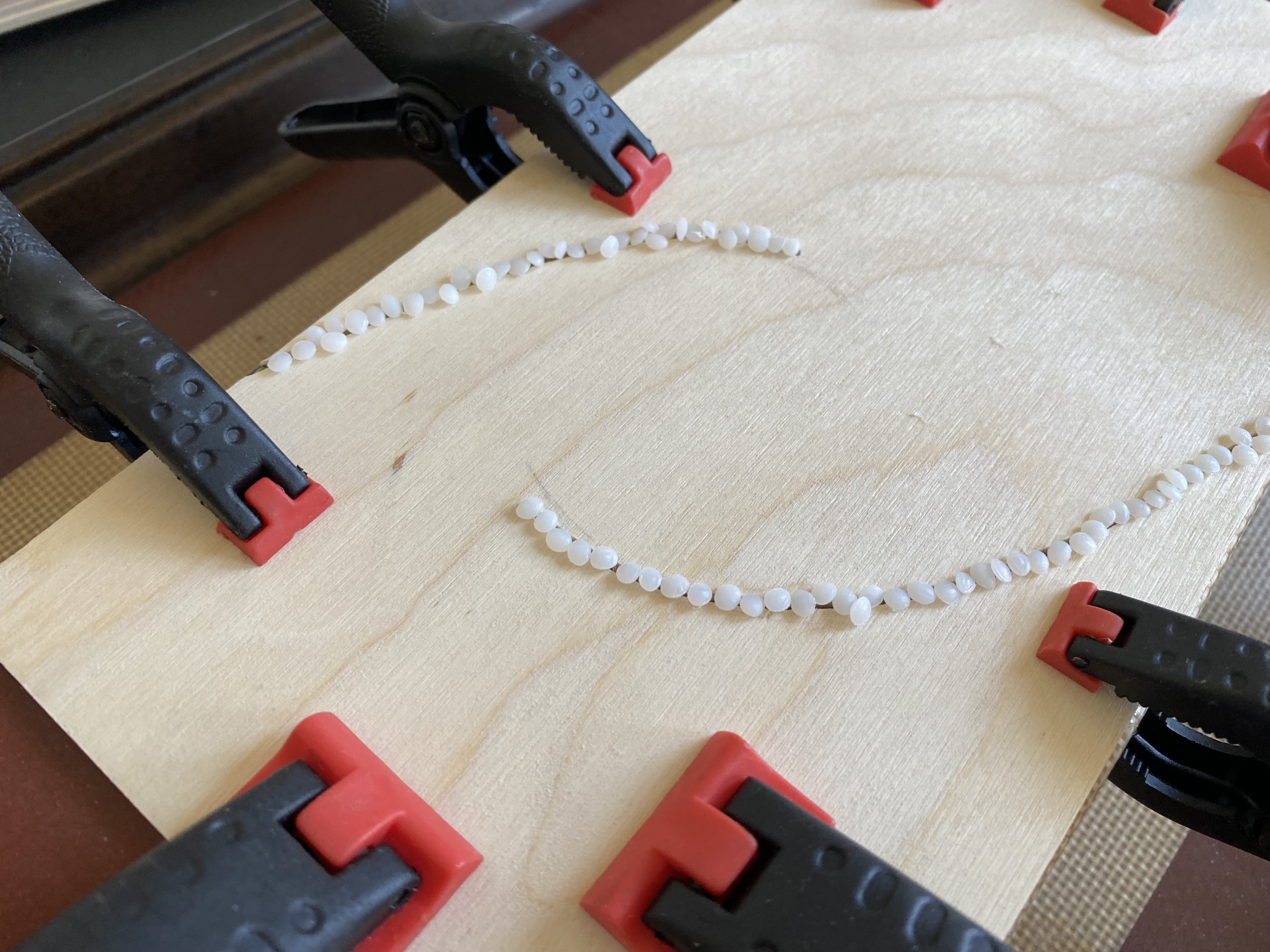
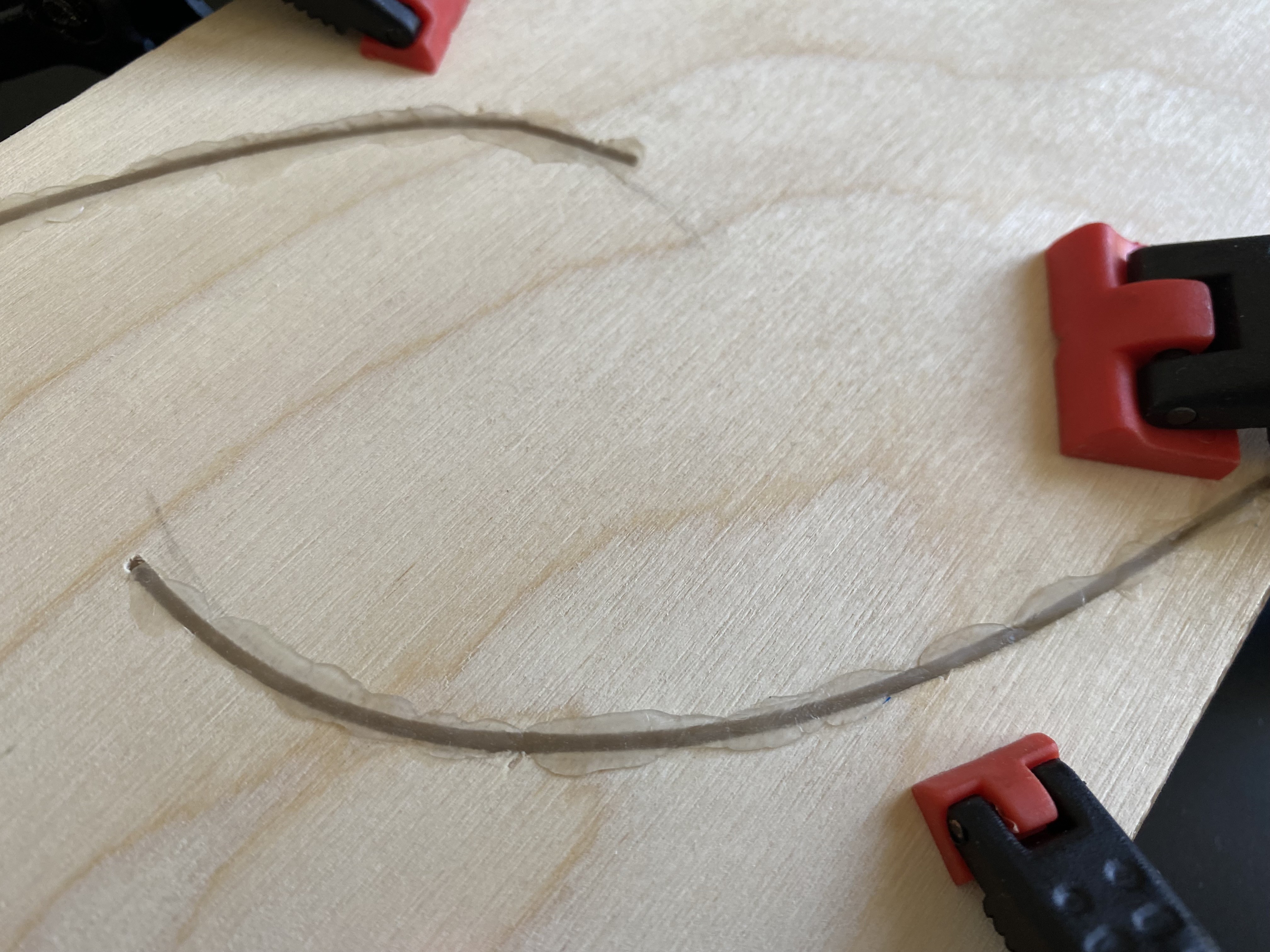
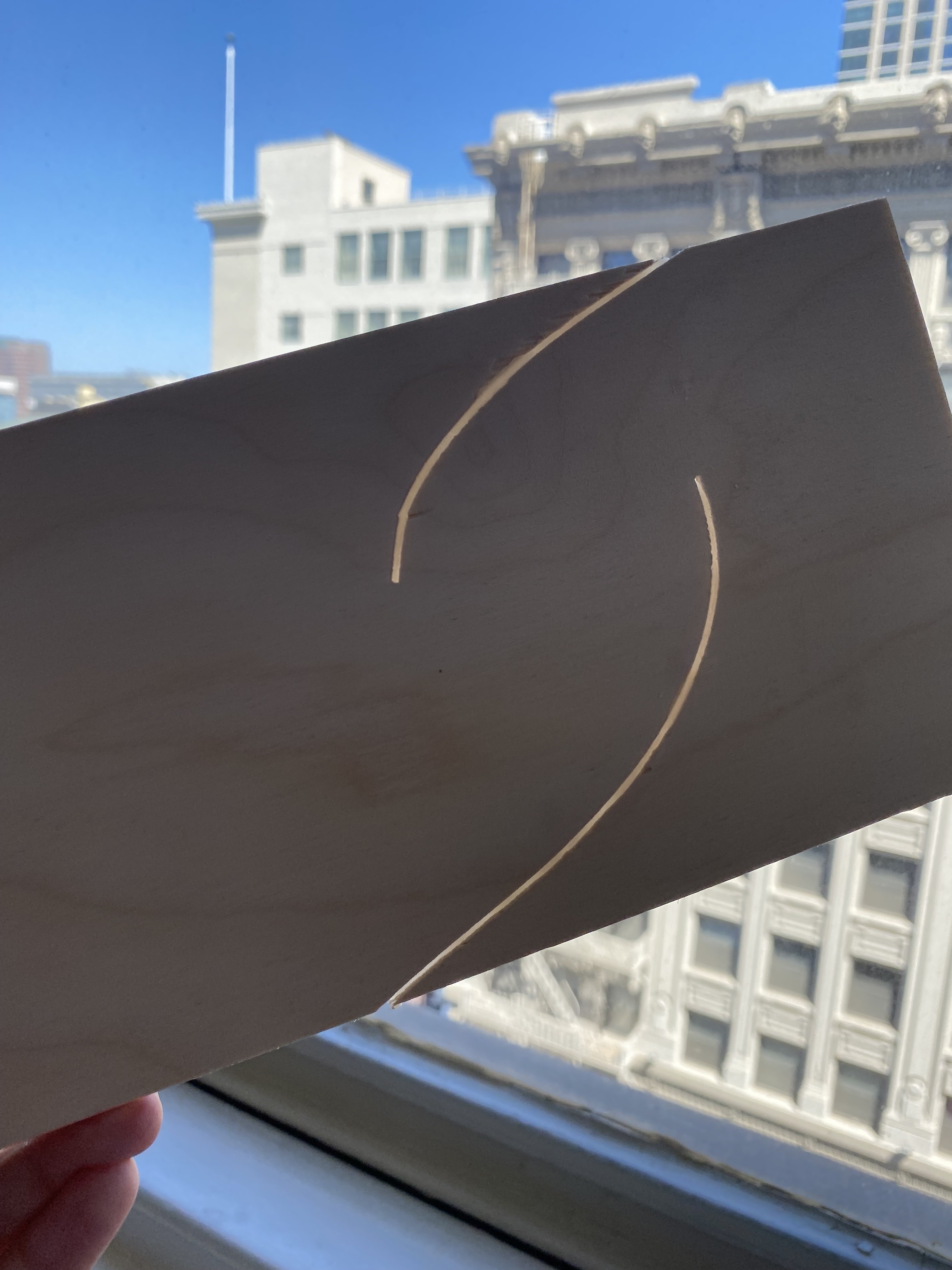
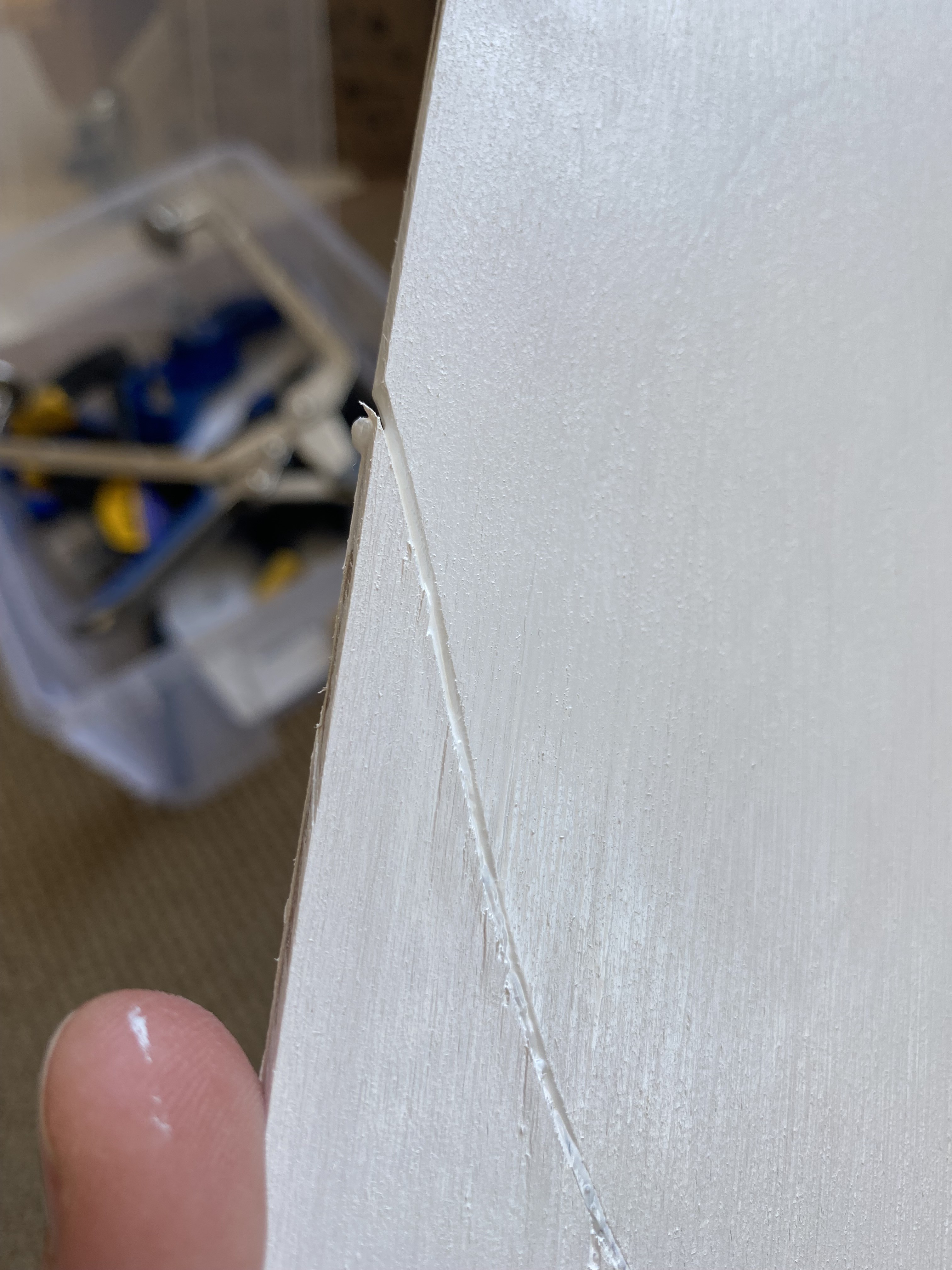
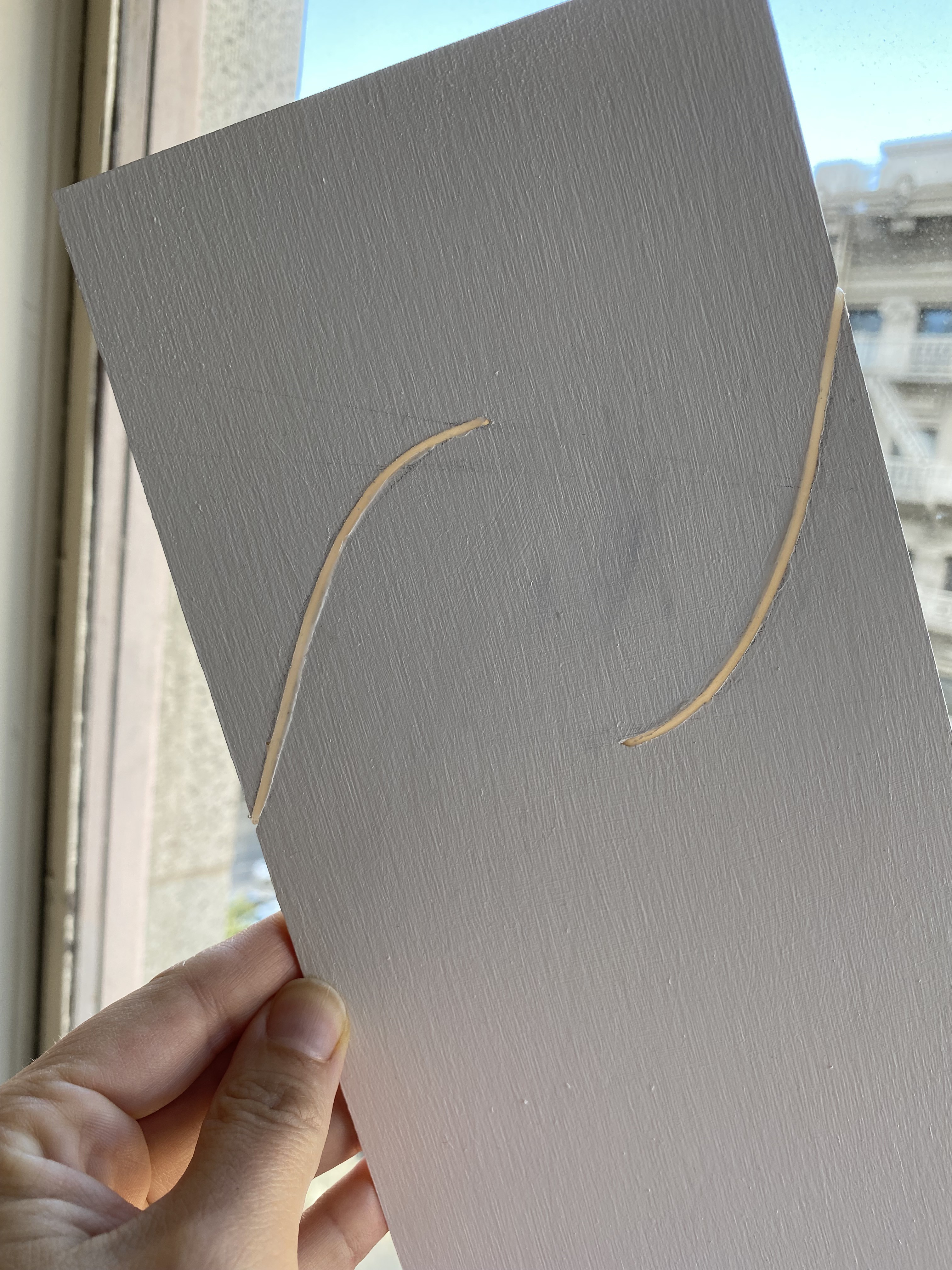
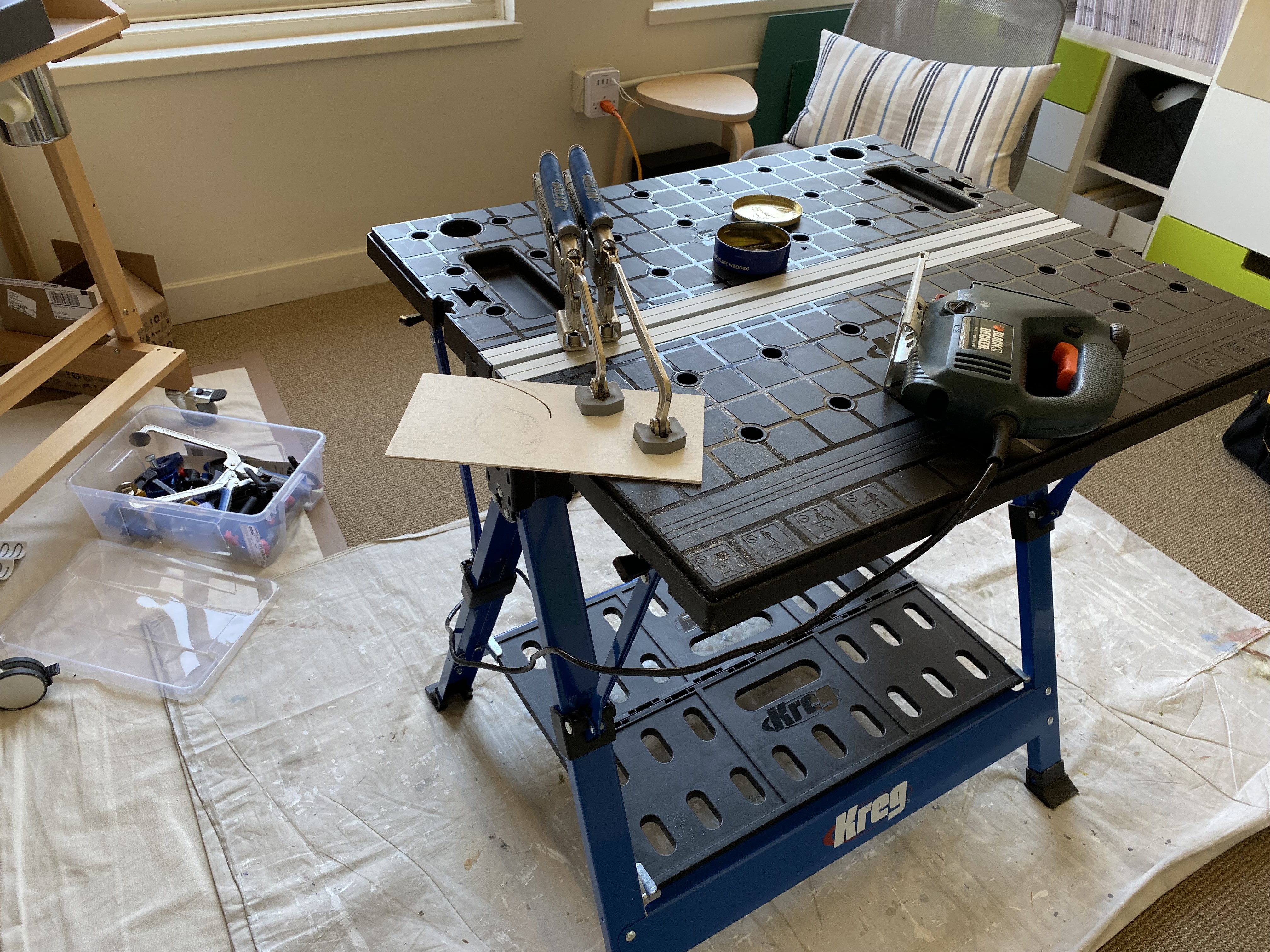
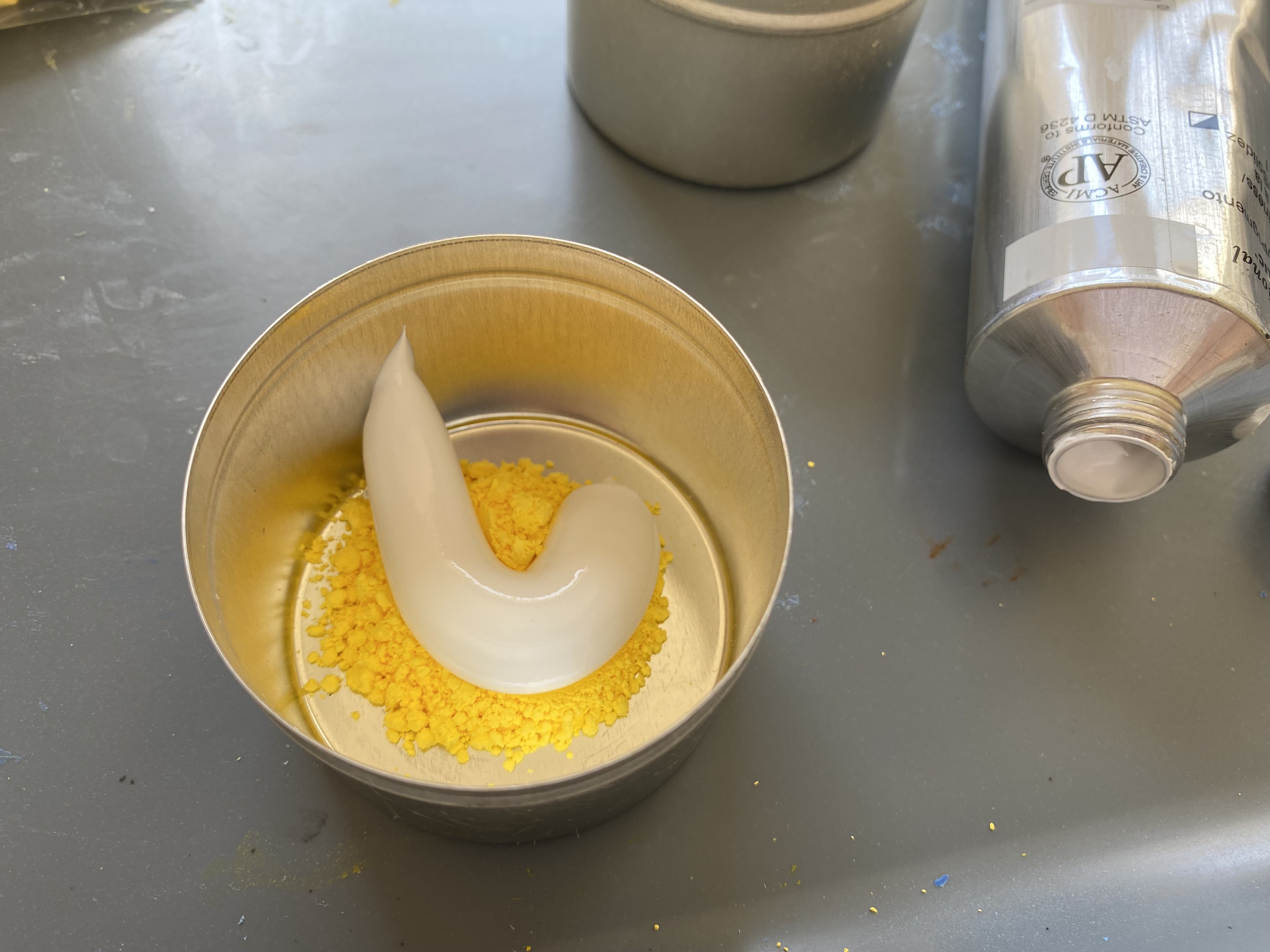



 MasterOfNull
MasterOfNull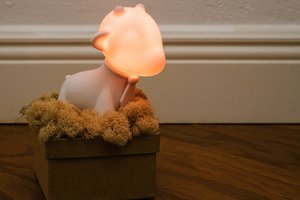
 Andy Oliver
Andy Oliver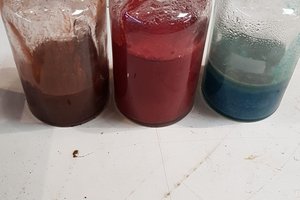
 Nathann
Nathann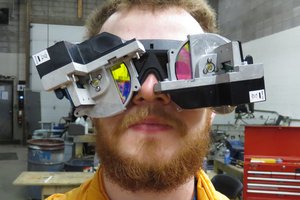
 PointyOintment
PointyOintment
@Suraj Grewal Yup - I am starting with thermochromic paint/pigment - it’s an accessible first step. I’ve currently got some flat heaters and some heatable fabric. But I need to look how hot they need to be for different painting substrates. Some of the work I want to do with adding light seems like it will work best with painting on wood panels, but I’m not sure how easy that will be to warm up (and cool down!) for the thermochromic part.